Apple headset enthusiasm is absent on Wall Street

The prospect of Apple’s first new product category in nearly a decade could hardly be attracting less fanfare on Wall Street.
At a time when investors have been whipped into a frenzy over artificial intelligence, analysts are using words like “modest” and “lackluster” to describe projections for initial sales of a mixed reality headset that the iPhone maker is expected to unveil on June 5.
The muted expectations are a stark contrast to the last time Apple entered a new market with the 2015 release of the Apple Watch. That was eagerly awaited by consumers and investors, as the category was well-defined, offered potential for disruption, and pointed to an opportunity for new services, notably in health care.
“The headset isn’t dead on arrival, but I don’t think it’s very exciting for people who aren’t gamers,” said Ken Mahoney, Chief Executive Officer of Mahoney Asset Management. “Meanwhile, AI is going to transform businesses, and not only does Apple not have a dance partner in AI, it doesn’t seem like it is even at the AI dance.”
Apple has been notably absent from the AI theme, though CEO Tim Cook said the company will add such technology to its products on a “very thoughtful basis.”
Shares of Apple rose 0.2% on Wednesday.
In contrast to past product launches, virtual reality and augmented reality (VR/AR) headsets are less proven in terms of consumer interest and demand. Apple’s is expected to include gaming and fitness apps, along with services for watching sports.
Headsets is also an area where others have struggled. Alphabet infamously failed to find an audience for its “Google Glass” product, though it’s working on a new version of augmented reality glasses. Meta Platforms is a leader in the field with its Meta Quest product, although its digital world, the metaverse, has yet to prove popular with users.
According to Goldman Sachs analysts, “the VR/AR industry has proved to be largely disappointing to-date.” They estimate a headset could contribute $11 billion to $20 billion of annual revenue for Apple from fiscal 2024 through 2028. The company made $394 billion in revenue last fiscal year, of which its “Wearables, Home & Accessories” business accounted for about 11%, or $41 billion, according to data compiled by Bloomberg.
Bank of America analysts expect initial uptake of the headset “to be relatively modest,” and argue that “the lackluster uptake” of the VR/AR market and “transitory enthusiasm about the Metaverse create a backdrop of challenges.” Still, they acknowledge Apple’s track record in disrupting and creating markets.
The tepid expectations haven’t kept Apple shares from outperforming this year as investors have gravitated toward tech megacaps due to their safe-haven characteristics – balance-sheet strength, buybacks and durable revenue streams – while recent results showed a rebound in its iPhone business along with Services growth. The stock closed at its highest since April 2022 on Tuesday, returning it near a historic $3 trillion valuation.
According to Morgan Stanley analysts, the headset is one of the five primary catalysts making Apple their top pick for 2023.
Yet it ranked fourth on that list behind re-accelerating Services growth, pent-up iPhone demand and gross margin tail winds.
“This could be interesting tech, but it’s unproven, and so is the size of the market, so people are taking a wait-and-see approach and we’re not expecting it to be meaningful for the stock,” said Marc Regenbaum, portfolio manager at Neuberger Berman.